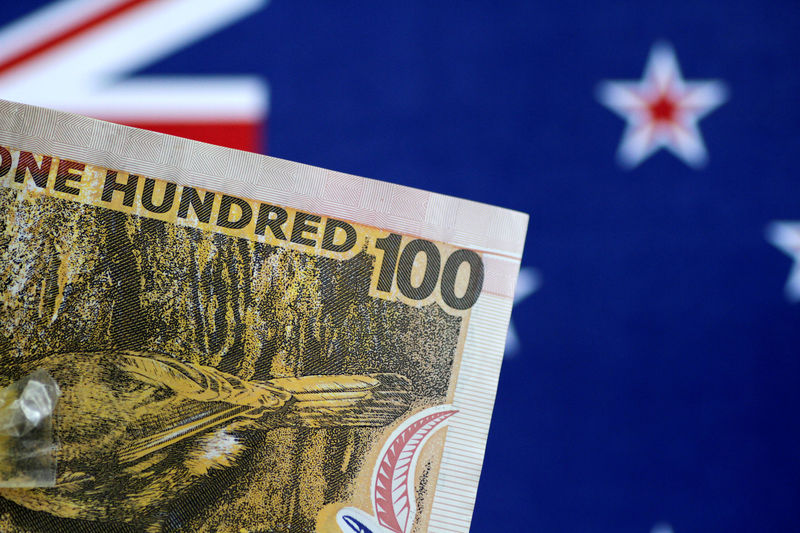By Wayne Cole
SYDNEY (Reuters) - The Australian and New Zealand dollars celebrated a remarkable comeback on their U.S. counterpart on Friday, as dismal economic data stoked speculation of a U-turn on U.S. interest rates.
It got an added fillip when China's commerce ministry said Beijing and Washington would hold trade talks at the vice ministerial level on Jan. 7-8, once again stirring hopes of a thaw in the tariff war.
The Aussie
The kiwi dollar
Both still nursed losses on the yen which had surged on Thursday when a host of long-held short positions were squeezed out amid a mad dash to safe havens.
The Aussie was last at 75.37 yen (AUDJPY=), up from a deep trough around 72.26 but still down 3 percent for the week.
The rebound on the U.S. dollar came as data there showed a shock slowdown in manufacturing activity amid a pullback in new orders and concerns about tariffs.
Investors reacted by pricing in a real possibility the Federal Reserve might have to reverse course and cut rates, even though it was still projecting two more hikes this year.
"Markets now think the next move in rates is down with a rate cut 50 percent priced by December and fully priced by April 2020," said Tapas Strickland, a market strategist at NAB.
"Whether this pessimism continues for the rest of 2019 will largely depend on whether there is a near-term resolution to the (Sino-U.S.) trade war."
Treasury yields also fell sharply, undermining the U.S. dollar rate advantage.
The Australian two-year yield is now only 56 basis points short of its U.S. counterpart, having been as much as 90 basis points lower just a couple of months ago.
That narrowing came even as Australian yields
Yields on 10-year debt (AU10YT=RR) dropped 10 basis points to 2.18 percent, depths not visited since October 2016.
Ten-year bond futures
Taking their cue from the United States, local investors added to wagers the Reserve Bank of Australia (RBA) might also be forced to cut rates this year.
Futures <0#YIB:> imply around a 50-50 chance there will be a quarter-point cut in the 1.5 percent cash rate by December. The RBA has long said the next move will likely be higher, but equally has shown no inclination to hike anytime soon.
Markets in New Zealand have likewise narrowed the odds on a rate cut there, with bank bill futures <0#NBB:> surging to contract highs.
Yields on two-year (NZ2YT=RR) debt have dived to 1.68 percent, putting them below the 1.75 percent cash rate.
